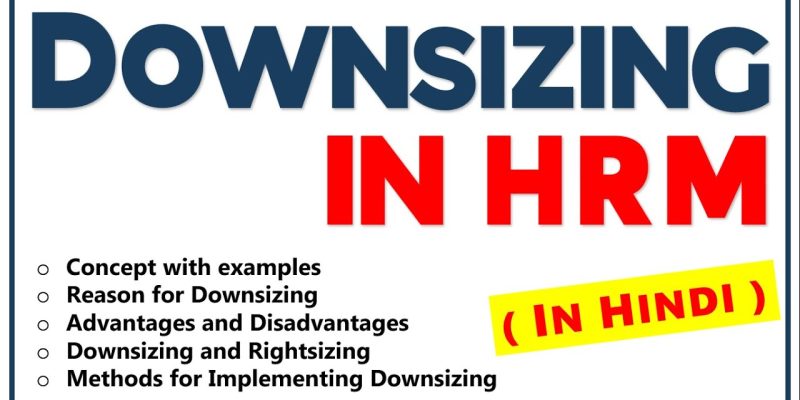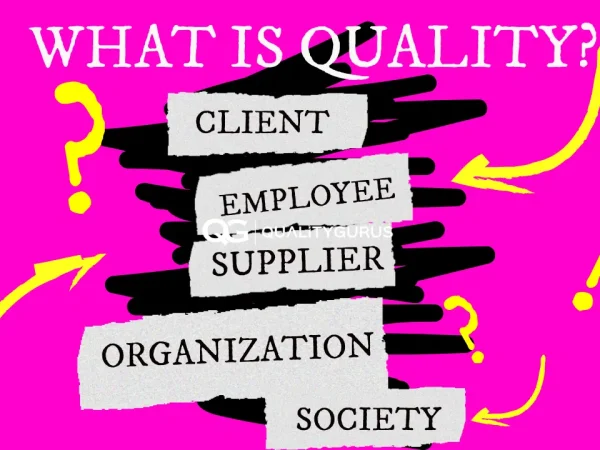“Downsizing in HRM” represents a critical strategy deployed by organisations to adapt to market shifts and streamline operations. In the realm of Human Resource Management (HRM), this process involves deliberate actions aimed at reducing workforce size while optimising efficiency. However, navigating downsizing in HRM requires a delicate balance, considering its profound impact on employees and organisational dynamics. This article explores essential insights and strategies to guide HR professionals through the downsizing journey, ensuring a thoughtful approach that prioritises fairness, communication, and employee well-being.
Assess the Need for Downsizing in HRM
Before embarking on any downsizing initiatives, it’s imperative for HRM professionals to conduct a comprehensive assessment of the organisation’s current state. This involves scrutinising financial health, operational efficiency, and future projections. By understanding the underlying factors necessitating downsizing within HRM, organisations can make informed decisions and strategize effectively.
Develop a Clear Strategy and Objectives for Downsizing in HRM
A well-defined strategy with clear objectives is essential for navigating through the downsizing process within HRM. HR professionals must articulate specific goals related to workforce reduction, cost savings, and organisational restructuring. Crafting a coherent roadmap ensures alignment across departments and fosters a shared understanding of the purpose and anticipated outcomes of downsizing in HRM.
Communication Is Key During Downsizing in HRM
Open and transparent communication plays a pivotal role throughout the downsizing journey within HRM. HR professionals must engage proactively with employees, stakeholders, and relevant departments to provide accurate information and foster collaboration. Effective communication fosters trust, reduces uncertainty, and promotes a sense of unity, even amid challenging circumstances.
Consider Alternatives to Layoffs and Downsizing in HRM
While layoffs may seem like the default solution, HR professionals should explore alternative options wherever feasible. This may include implementing hiring freezes, offering voluntary retirement packages, or instituting temporary furloughs. By considering alternatives to layoffs within HRM, organisations can mitigate the impact on employees and retain valuable talent for future opportunities.
Prioritise Employee Well-being During Downsizing in HRM
Amidst the tumult of downsizing within HRM, prioritising employee well-being is paramount. HR professionals should provide comprehensive support services, including counselling, career coaching, and access to mental health resources. Creating a supportive environment demonstrates empathy and reinforces the organisation’s commitment to its workforce’s welfare.
Provide Support and Resources for Downsizing in HRM
In addition to emotional support, HR professionals must equip employees with practical resources to navigate the downsizing process within HRM. This could entail assistance with resume writing, job search workshops, or access to retraining programs. By empowering employees with the necessary tools and skills, HR facilitates a smoother transition to new opportunities.
Execute Fair and Transparent Selection Criteria in Downsizing In HRM
When determining the impact of downsizing within HRM, HR professionals must adhere to fair and transparent selection criteria. This may encompass factors such as performance evaluations, skills assessments, and seniority-based considerations. Applying consistent criteria ensures fairness, minimises the risk of bias or discrimination, and upholds employee morale.
Manage Legal and Compliance Issues in Downsizing In HRM
Downsizing within HRM poses various legal and compliance challenges that necessitate careful navigation. HR professionals should collaborate closely with legal advisors to ensure all actions comply with relevant employment laws and regulations. This includes adhering to proper notice periods, fulfilling severance pay requirements, and addressing potential legal liabilities.
Maintain Morale and Motivation During Downsizing in HRM
Despite the upheaval caused by downsizing within HRM, maintaining morale and motivation among remaining employees is crucial. HR professionals can achieve this by recognizing and rewarding contributions, fostering a positive work culture, and promoting opportunities for career development. Sustaining morale helps mitigate disengagement and sustains productivity levels.
Evaluate and Adjust Post-Downsizing in HRM
Once the downsizing process within HRM concludes, HR professionals should conduct a comprehensive evaluation to gauge its effectiveness and impact. This involves soliciting feedback from employees, analysing key metrics, and identifying areas for improvement. Based on these insights, HR can make necessary adjustments to strategies and processes, positioning the organisation for future success.
Conclusion
Downsizing within HRM is a complex and challenging endeavour, but by following these ten essential steps, organisations can navigate through the process with confidence. By prioritising communication, employee well-being, and fairness, HR professionals can minimise negative impacts and pave the way for a smoother transition. Ultimately, downsizing should be viewed as an opportunity for organisational renewal and growth, rather than solely a response to adversity.
FAQs
Q1. What are the main reasons for downsizing in HRM?
Downsizing in HRM may occur due to various reasons, including economic downturns, restructuring initiatives, technological advancements, or changes in market demand.
Q2. How can HR mitigate the negative impacts of downsizing on employees?
HR can mitigate negative impacts by providing support services, offering alternative solutions to layoffs, maintaining open communication, and prioritising employee well-being throughout the process.
Q3. What legal considerations should HR be aware of during downsizing?
HR should be aware of legal considerations such as compliance with employment laws, providing proper notice periods, adhering to severance pay requirements, and addressing potential legal liabilities.
Q4. How can HR maintain morale and motivation during downsizing?
HR can maintain morale and motivation by recognizing and rewarding contributions, fostering a positive work culture, promoting opportunities for career development, and ensuring transparent communication.
Q5. What steps should HR take to evaluate the effectiveness of downsizing efforts?
HR should gather feedback from employees, analyse key metrics such as retention rates and productivity levels, identify areas for improvement, and make necessary adjustments to their strategies and processes.
Also read: Southport News Death Alert: 10 Shocking Losses That Rocked the Community














